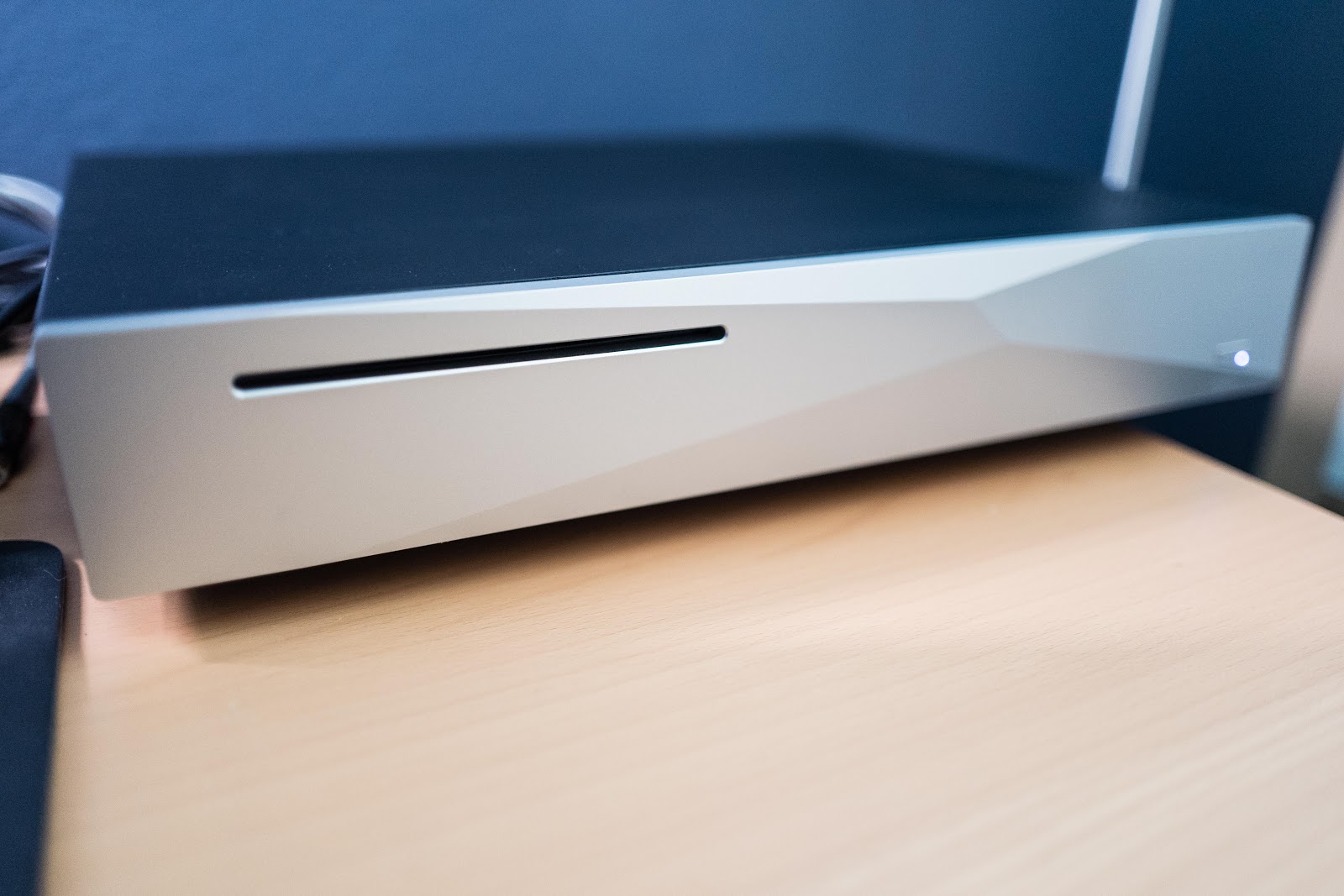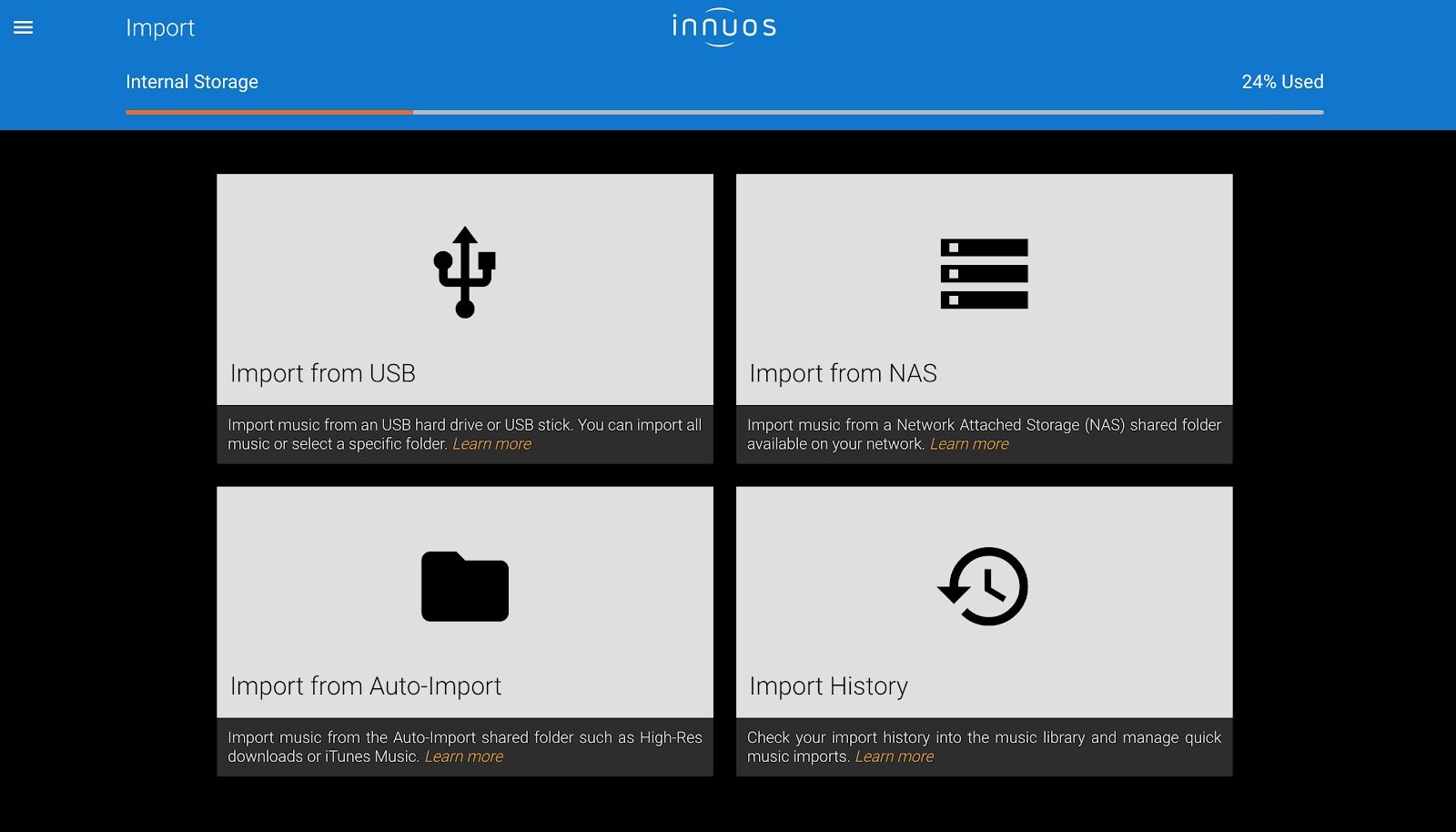Introduction
A friend once told me the old audiophile adage “everything matters”. For Head-Fiers, a common topic of conversation has traditionally revolved around the level of importance attributed to individual pieces making up the audio chain. This usually translates to how to best to divide the pie between the headphones, headphone amplifier, DAC, with source and cables also factoring in to the equation.
As audiophiles transitioned from albums to CD’s and and increasingly over the past few years to music files and streaming, a common goal amongst audio enthusiasts remains the pursuit of the most faithful reproduction of the recording in order to get as close to the music as possible. Many today are using streaming services such as Tidal and Qobuz, and/or are using their lossless music files stored on an external hard drive. To this end, companies are developing dedicated music server and streaming products that attempt to solve the most common problem of computer based music systems, that of noisy USB connections, jitter, and other electrical noise.
The objective of music servers is to reduce the noise floor as much as possible and to provide a clear improvement over a direct USB connection to a computer. Or even better, to remove the computer and external hard drive altogether and have a dedicated device that provides a complete digital transport solution.
As people increasingly interact with their phones and tablets, forward thinking companies are developing products that users can interface with regardless of device being used. One of the biggest highlights at CanJam NYC 2019 was a company from Portugal called Innuos. Over the past couple of years, Innuos has been making waves with their Music Servers that come in 3 basic levels, ZENMINI, ZEN, and ZENITH as well as their flagship product, the Statement. This review is focused on the Zenith MK3, although the setup, user interface, and CD drive operation is the same across all of the Innuos product lines.

The Innuos Zenith MK3 is a high end music server (MSRP: $4249) that enables the complete management of a music library that is stored on internal SSD storage as well as the streaming of popular audiophile music services like Tidal and Qobuz. In other words, this is a dedicated computer for your music library that has a quad-core CPU, 8GB or RAM, a size configurable internal SSD drive to store music, a CD drive to rip CD’s into the SSD drive, and also streams music service such as Tidal or Qobuz. The Zenith MK3 is then operated on your computer (via Roon or Windows compatible app), or tablet/mobile device with approved apps for iOs (iPeng) or Android (Orange Squeeze).
Setup
Opening the box reveals a full rack size component measuring 16.5” wide, 12.5” deep, 2.75” tall and weighing in at a hefty 20 lbs. The unit has a sturdy, high quality build with a sculpted, silver faceplate that has a CD drive slot on the top left side and a single power button on the bottom right. The power button also incorporates a single LED status indicator which can also be configured to display different LED colors to suit user preferences, a small but nice touch.
The Zenith MK3 was simple to set up with a few cable connections and is configured online at my.innuos.com. It requires a wired Network cable connection which connects the LAN port on the Innuos unit to a router or mesh wifi satellite. Then the DAC is connected via USB to the DAC port on the Innuos. Finally, the power cable is attached and the unit can be powered on and configured.
The Innuos Dashboard at my.innuos.com is the homepage to manage the music library, configure music subscription services and to make changes to the unit’s settings. Once the connections have been made and the unit powered on, the unit will automatically connect and show the online status of the unit.
The next step is to add music to the library. This is done by using the Import Menu which enables the transfer of music files from external hard drives or using the Disk Ripper function to rip CD’s into the unit’s internal solid state drive. In both cases, this is a seamless and fast process. Lastly, music streaming services can be configured in the Settings menu where I added my user credentials for Tidal and Qobuz.

There are two main ways to use the Zenith MK3 both of which can be easily toggled in the Music Server Settings on the my.innuos.com homepage. The first is using Roon to manage the music library, the main benefit of this approach is the ability to use Roon’s highly advanced user interface. The second method is using the integrated Squeezebox player that can be controlled remotely on a mobile device using iPeng (for iOS devices) and Orange Squeeze (for Android devices). For the moment, using your desktop computer is limited to Windows users, with dedicated Innuos app/playback software in the works to fill this gap.
To sum up, all of your music, whether your own music files or your subscription based services can now be managed from one source and one user interface. Very cool.
Sound Impressions
Managing your entire music library from a mobile device makes for a fluid and convenient user experience but how does it sound and is there really an improvement over using a regular computer/external hard drive solution or other lower cost streaming solutions?
Before integrating the Zenith MK3 into my system, I was running Roon using a Sonore microRendu streamer with an upgraded Uptone Audio LPS-1 power supply. This system is a clear upgrade over a traditional DAC to USB connection with my computer with better dynamics, and a more focused image coming across. The music sounds less “stressed” and more free flowing enabling longer listening sessions without fatigue. This is mainly due to the reduction in jitter and noise that streaming solution provide.
The system used to evaluate the Innuos unit was a Chord Electronics Hugo 2 feeding the Benchmark HPA4 line amplifier using its headphone amplifier and at times feeding the DNA Stratus 2A3 headphone amplifier. Headphones used were the Hifiman Susvara and HE1000SE, Abyss Diana Phi, and MrSpeakers Ether 2.
Replacing the Sonore microRendu steamer with the Innuos Zenith MK3 takes the improvement gains from the microRendu streamer and expands on it in a significant way. Everything sounds cleaner, more in focus, snappier, with an even blacker background due to the low noise floor. Music sounds smoother but without the loss of resolution or detail. It just sounds more real. The difference was not subtle for me and was comparable to the sound quality gains from going from a budget DAC to a higher end DAC.
I used the unit in two types of configurations. The first was using Roon as the endpoint so the entire interface and remote is handled within the Roon environment. This method offers the best user experience as Roon can be seamlessly operated on your desktop or mobile device with the polish associated with the Roon user interface.
The second configuration was using the Innuos software and Orange Squeeze as a remote interface on my Android mobile device. This setup offers a slightly more organic sound that can be described as even smoother and more natural sounding. Switching between the two configurations is seamless and done via the Music Server Integration menu in the Settings tab on the Innuos homepage.
Overall, I preferred the slightly more organic nature of the sound signature using the internal Innuos configuration over the Roon configuration but preferred the user interface and overall experience of using the Roon configuration. Innuos is planning to release its own player and app later this year so that solution will likely be the best of both worlds.
Conclusion
Going in to this review, I was already aware of the advantages of using a music server and yet my experience with the Innuos Zenith MK3 has been revelatory. The convenience of having your entire music library and streaming services incorporated into one unit with the ability to control remotely with a mobile device is substantial. More importantly, there are significant sound quality gains to be had by using a digital transport solution like the Innuos MK3 with a lower noise floor and a more organic, natural sound that sounds more focused and unconstrained at the same time. I would highly recommend auditioning the Innuos line of music servers and for those looking to incorporate a music server into their system, be sure to add Innuos to your shortlist.


 Pretty similar though, besides not having the big internal power supply.
Pretty similar though, besides not having the big internal power supply.